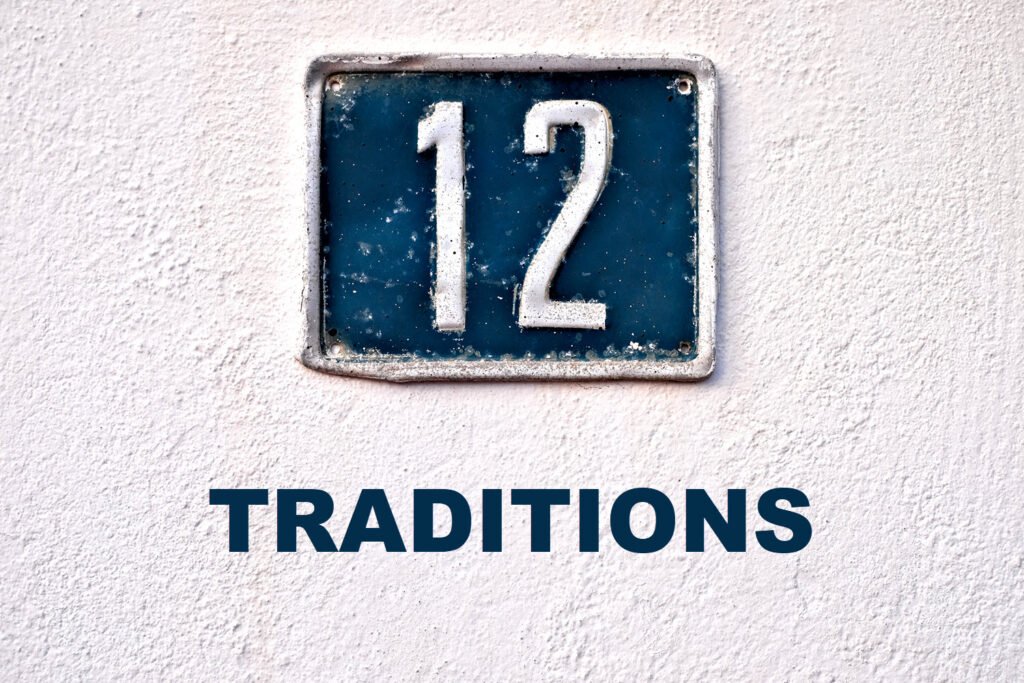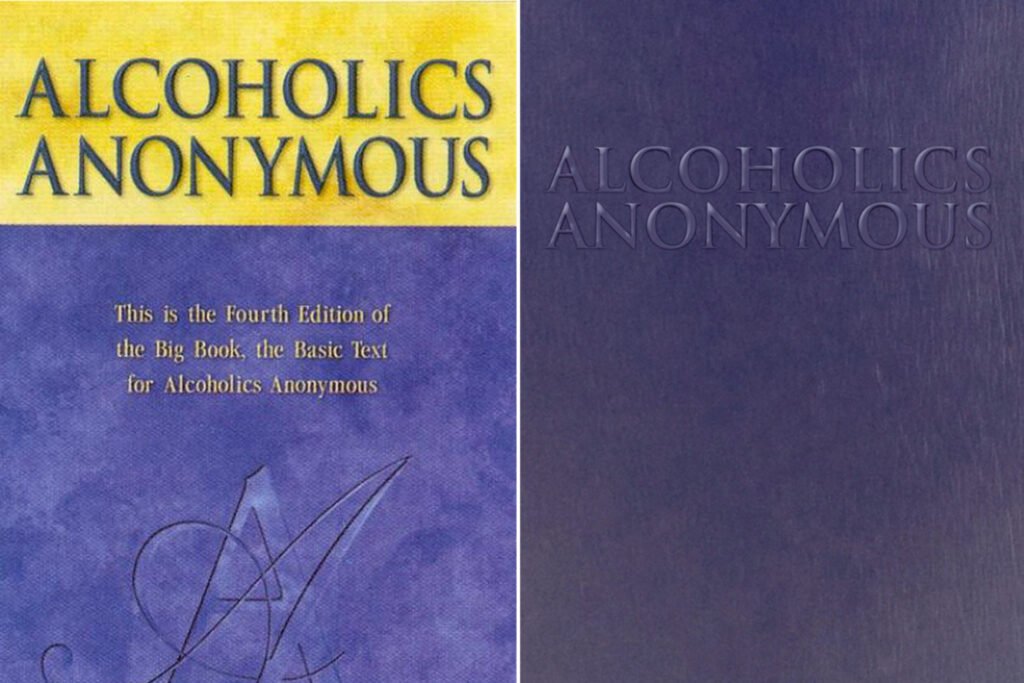AA and other 12-step recovery organizations run surprisingly smoothly. Despite differences in culture and purpose between the groups, they tend to remain focused on their goals. They usually avoided excessive infighting or bad publicity. The various groups within 12-step fellowships have managed to run their affairs well while maintaining their autonomy.
The 12-traditions allow these organizations to manage their day-to-day affairs competently while remaining focused on their mission.
History of the 12 Traditions
AA was created in the 1930s and soon enjoyed a terrific amount of success. Groups spread all around the United States and, not long after, the entire world.
However, there were no clear rules for the structure of the organization. The different groups were intended to be self-contained and self-sufficient, and they indeed were. However, organizational questions and controversies began to bedevil the fellowshipThis refers to the members of AA and the bonds of support between them. It is this fellowship that allows addicts to share their stories and accept each other in a world that is not always understanding. More. No matter how autonomous the various groups are, they need a way to deal with administrative and financial issues.
However, AA and other 12-step organizations are not coercive or hierarchical. Rather than put into place rules or laws, the leadership opted for ‘traditions,’ in which members would follow commitment and respect and not a blind obligation.
Founder Bill W. designed the traditions. Some of them were already there in the original ‘Big Book of AA‘ alongside the first publication of the 12-steps. Bill crafted others in response to the many letters received at the headquarters from members of groups worldwide. In 1946, they first appeared in the AA publication the GrapevineThe official journal of AA, was intended as the voice of the members since its founding by Bill W. in 1946. Its articles and topics are staples in meetings throughout the world. More. Four years later, they were fully adopted by the first international AA convention.
What are the 12 Traditions?
While the 12 traditions are similar amongst 12-step programs, for the sake of explaining each tradition, we’ve chosen to use the 12 traditions of AA.
1. Our common welfare should come first; personal recovery depends upon AA unity.
Purpose: The founders designed the 12-step to perpetuate a belief in the power of unity, particularly between addicts. Isolation is a crucial cause of addictive behavior. The founders of AA believed that if alcoholics help one another and remain unified, they can recover from the malady. Therefore, 12-step programs advise that members put principles ahead of personalities. That spirit informs the first tradition.
Purpose: This tradition emphasizes the importance of both humility and serviceAA and other 12-step fellowships do not normally have employees. Instead, members volunteer and take roles necessary for the operation of the different groups and the larger infrastructure of the fellowship. Common roles of service include secretary, treasurer, and chairing meetings. More to recoveryThe process by which addicts attempt to break the hold a certain substance or behavior has on their lives. This can refer to participation in a wide variety of methods. What they all have in common, is a sense that life is improving and the addict is regaining control. More. Struggles over power and influence derail many organizations. 12-step programs discourage this kind of destructive behavior by emphasizing leadership through example and service.
3. The only requirement for AA membership is a desire to stop drinking.
Purpose: The founders wanted 12-step programs to be available for anyone who needs help. The vital part of this tradition is to provide groups with no excuse to turn anyone away, as long as they need help and admit it.
4. Each group should be autonomous except in matters affecting other groups or AA as a whole.
Purpose: This tradition is crucial in allowing each group to maintain its own identity and practice, thus preventing needless struggles over hierarchy and influence. The fourth tradition delineates a path to a balanced existence, where groups further the overall cause of AA and remain loyal to its principles, without anyone exercising undue control.
5. Each group has but one primary purpose: to carry its message to the alcoholic who still suffers.
Purpose: The fifth tradition is all about focus. The 12-step group should focus all of its resources on its message and help addicts in need. Bill W.Bill W., formally known as William Griffith Wilson, is a name that resonates deeply within the realms of addiction recovery and self-help. As one of the co-founders of Alcoholics Anonymous (AA), Bill W.'s life journey and struggles with alcoholism are meticulously detailed in the Big Book of AA, a f... More believed that a focus on other issues would dilute the message.
Purpose: In pursuit of unity and focus, the sixth tradition discourages participation in other causes or involvement in commercial enterprise. The founders recognized that having other ideological and financial commitments could muddy the message and created conflicts of interest.
7. Every AA group ought to be fully self-supporting, declining outside contributions.
Purpose: The founders wanted every group to be financially self-supporting to avoid the twin dangers of excessive hierarchy and external influence. This move deprived AA and other 12-step groups of sponsorship funding, but it has more than made up for it by allowing the various fellowships to maintain their independence.
8. Alcoholics Anonymous should remain forever non-professional, but our service centers may employ special workers.
Purpose: By maintaining a non-professional staff, the founders wished to emphasize the principle of service. This way, members reaching out for help are never charged. Also, recovering members who guide newbies into the fold do so for the right spiritual and social reasons and not collect a paycheck.
9. AA, as such, ought never be organized; but we may create service boards or committees directly responsible to those they serve.
Purpose: This tradition is yet another safeguard against rigid hierarchy or too much top-down control. However, it does encourage enough inter-group cooperation to keep some coordination going within the fellowships.
10. Alcoholics Anonymous has no opinion on outside issues; hence the AA name ought never to be drawn into public controversy.
Purpose: People inside the fellowship often care deeply about other issues and could be tempted to use AA’s power to promote them. However, the founders believed that the promotion of any other causes would distract from carrying the message and create needless divisions.
11. Our public relations policy is based on attraction rather than promotion; we need always maintain personal anonymity at the level of press, radio, and films.
Purpose: The last two traditions deal with anonymityAlcoholics Anonymous and all the 12 step groups modeled after it, protect the anonymity of its members. Members are forbidden from disclosing the identity of other addicts to outside sources or identifying themselves with the group on any form of public media. The idea behind this is to focus on the... More and its benefits. Anonymity protects the individual members and the organization as a whole. To preserve anonymity and make sure people are not participating to gain publicity, individuals cannot discuss their experience in the fellowship while revealing their real names.
12. Anonymity is the spiritual foundation of all our traditions, ever reminding us to place principles above personalities.
Purpose: The final tradition is a summary of the others. It reminds all members that their personal interests and fame should always take a back seat to the fellowship’s primary purpose. They help addicts in need.
Conclusion
The 12 traditionsThe term "12 traditions" refers to a set of principles that guide the functioning and decision-making of 12-step recovery organizations such as Alcoholics Anonymous (AA). The traditions were first published in 1946 and are intended to allow the organizations to run smoothly while protecting the anon... More are an essential supplement to the 12-steps. They allow the fellowship to maintain the hierarchical and non-profit modal, focusing on helping people rather than personal prestige or profit. A healthy spiritual recovery message could not have reached so many individuals without the organizational framework and moral guidance they provide.







